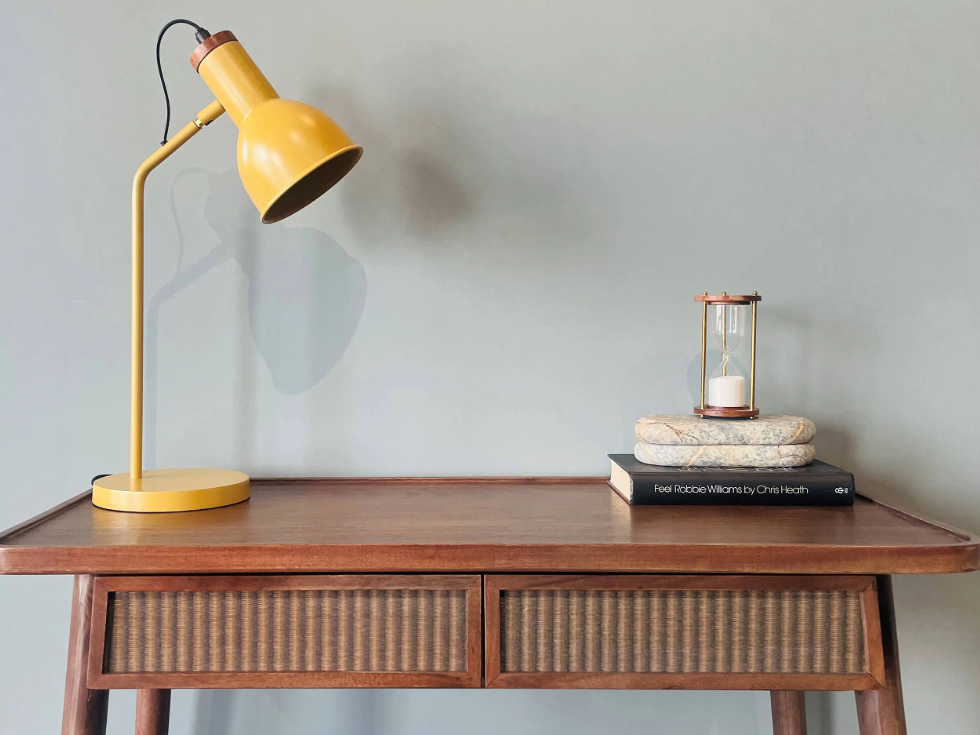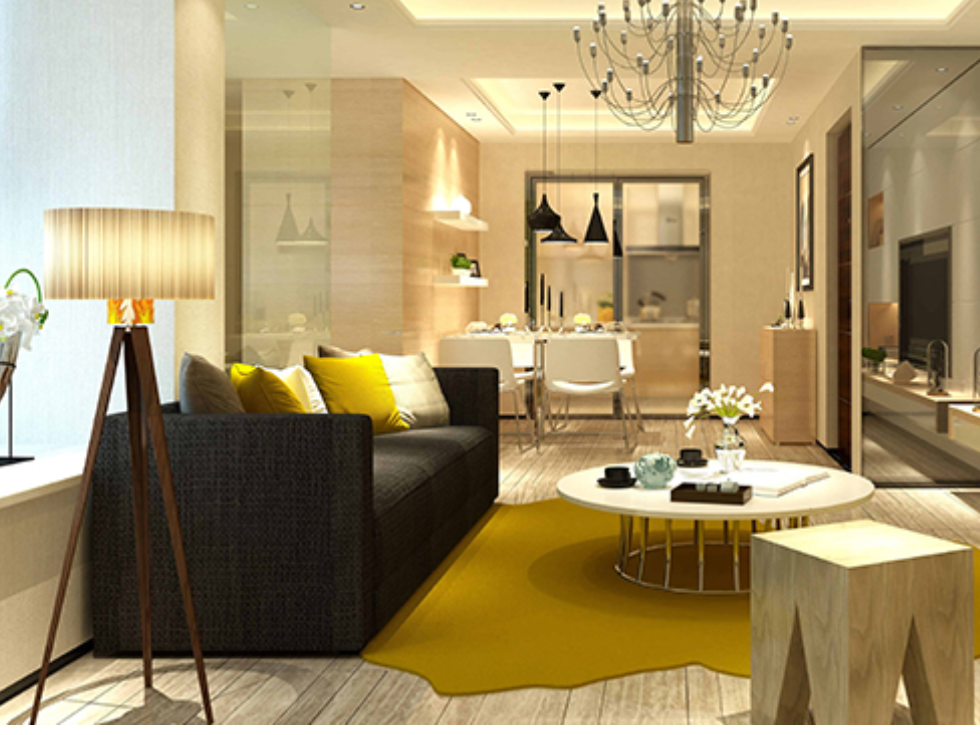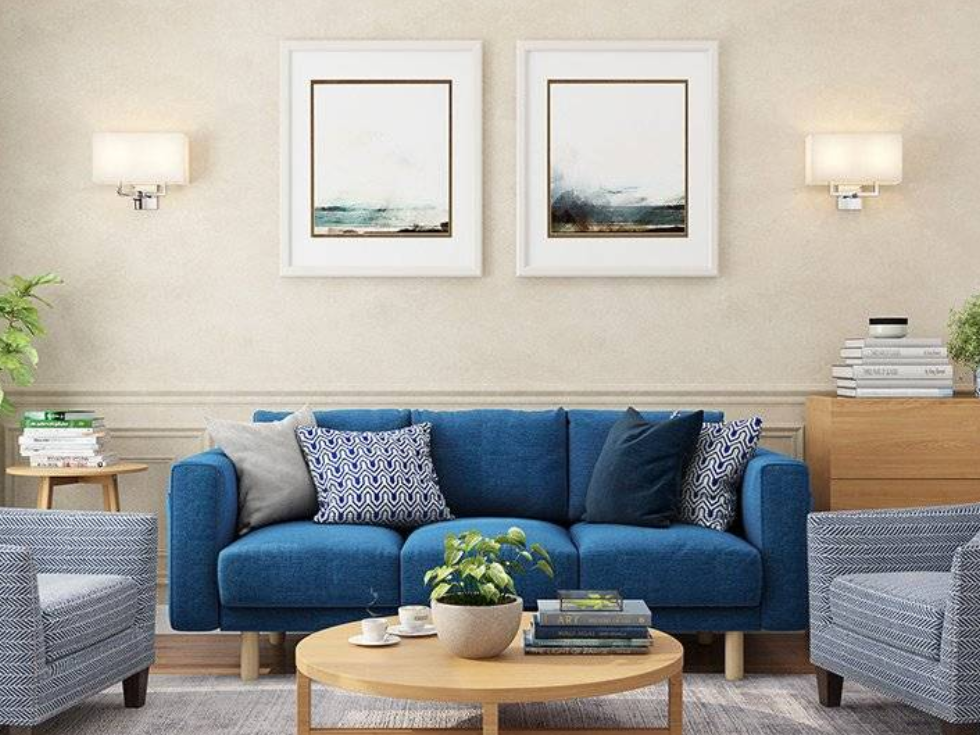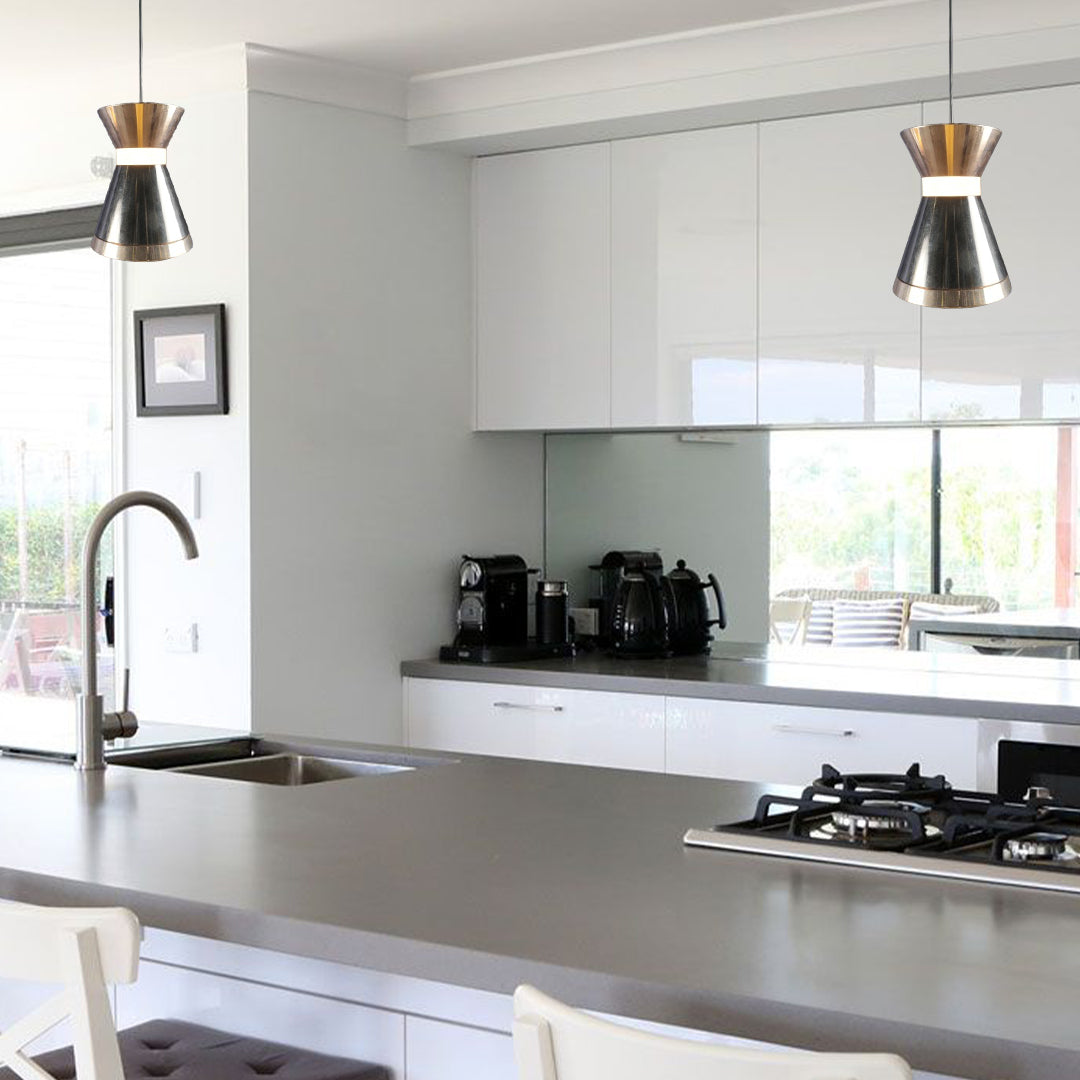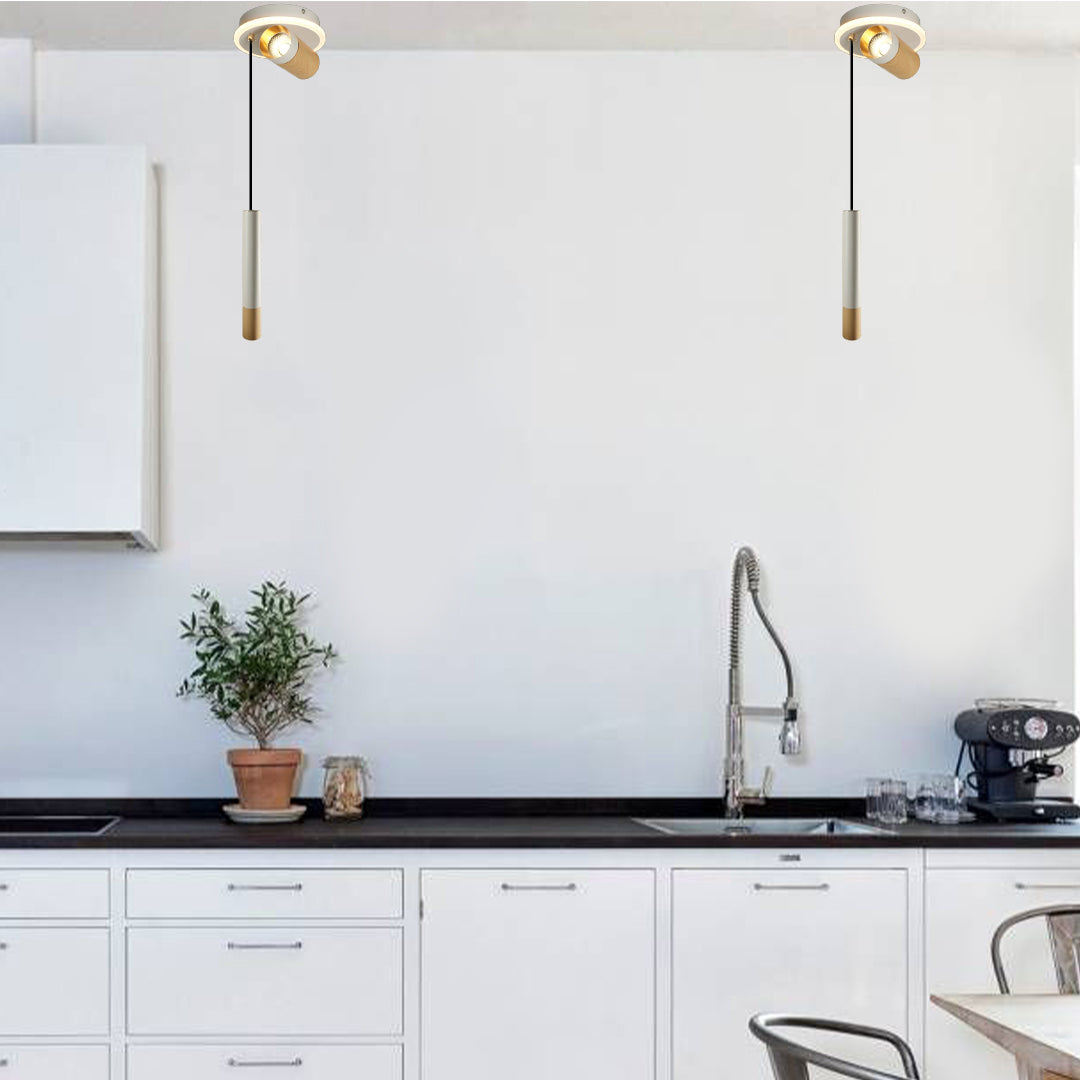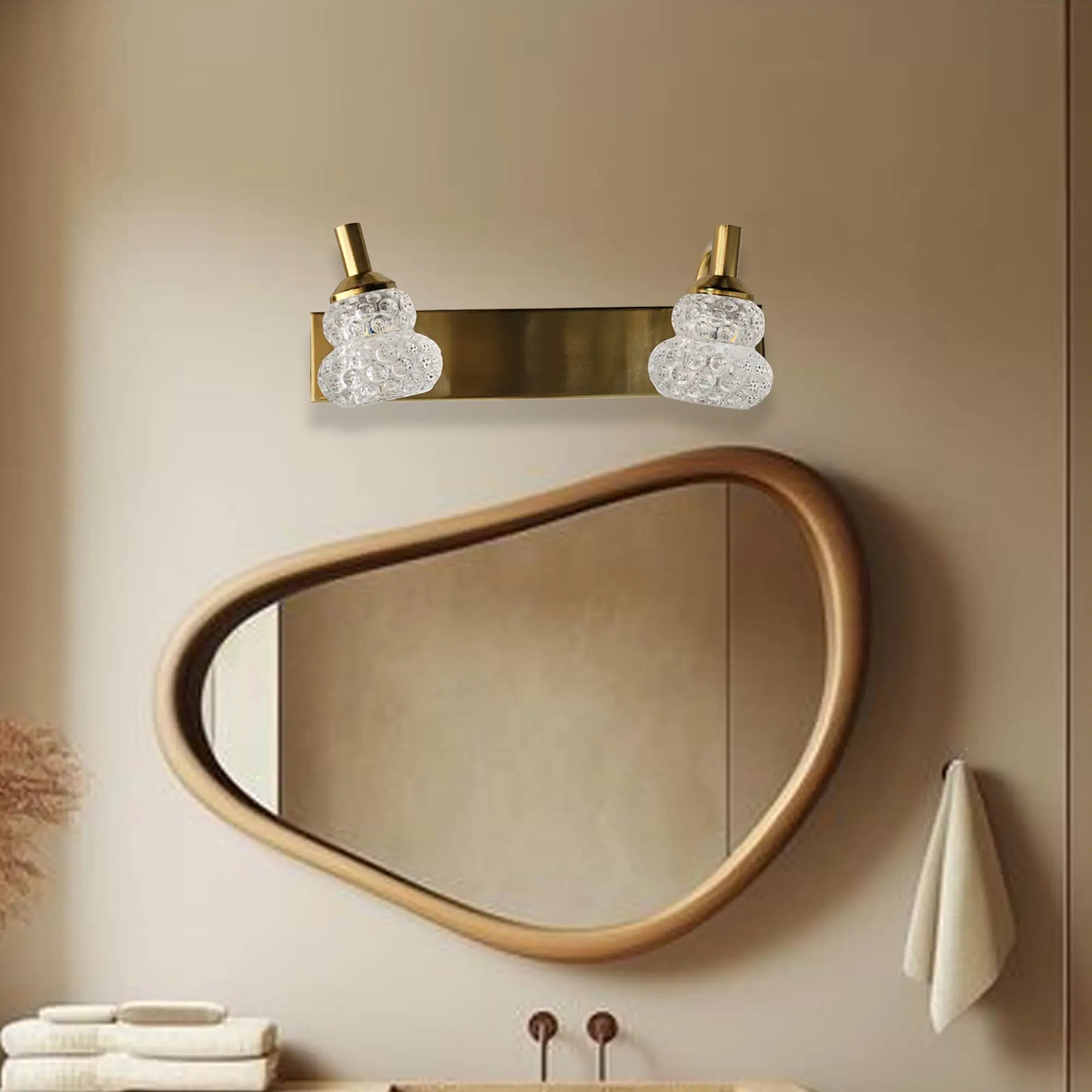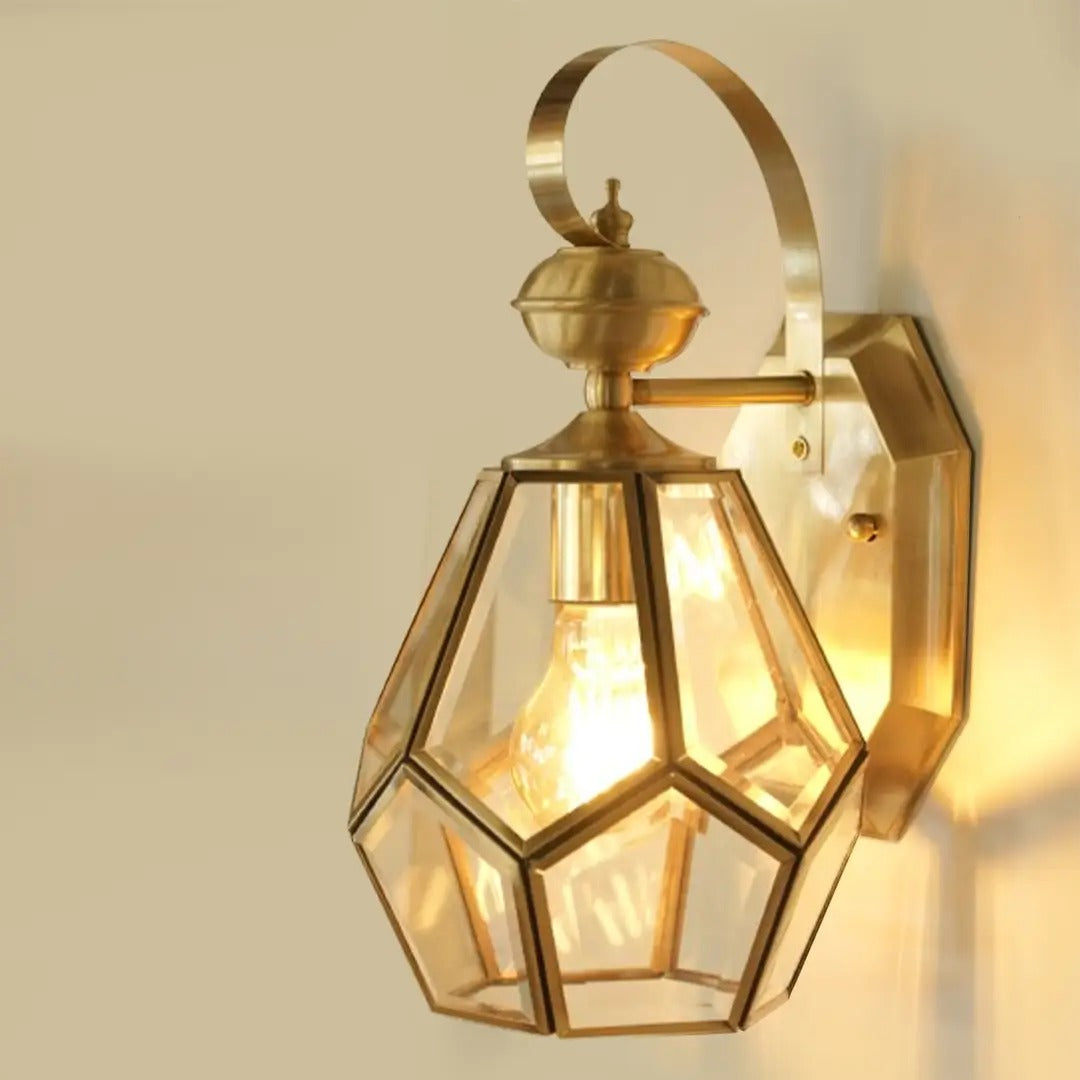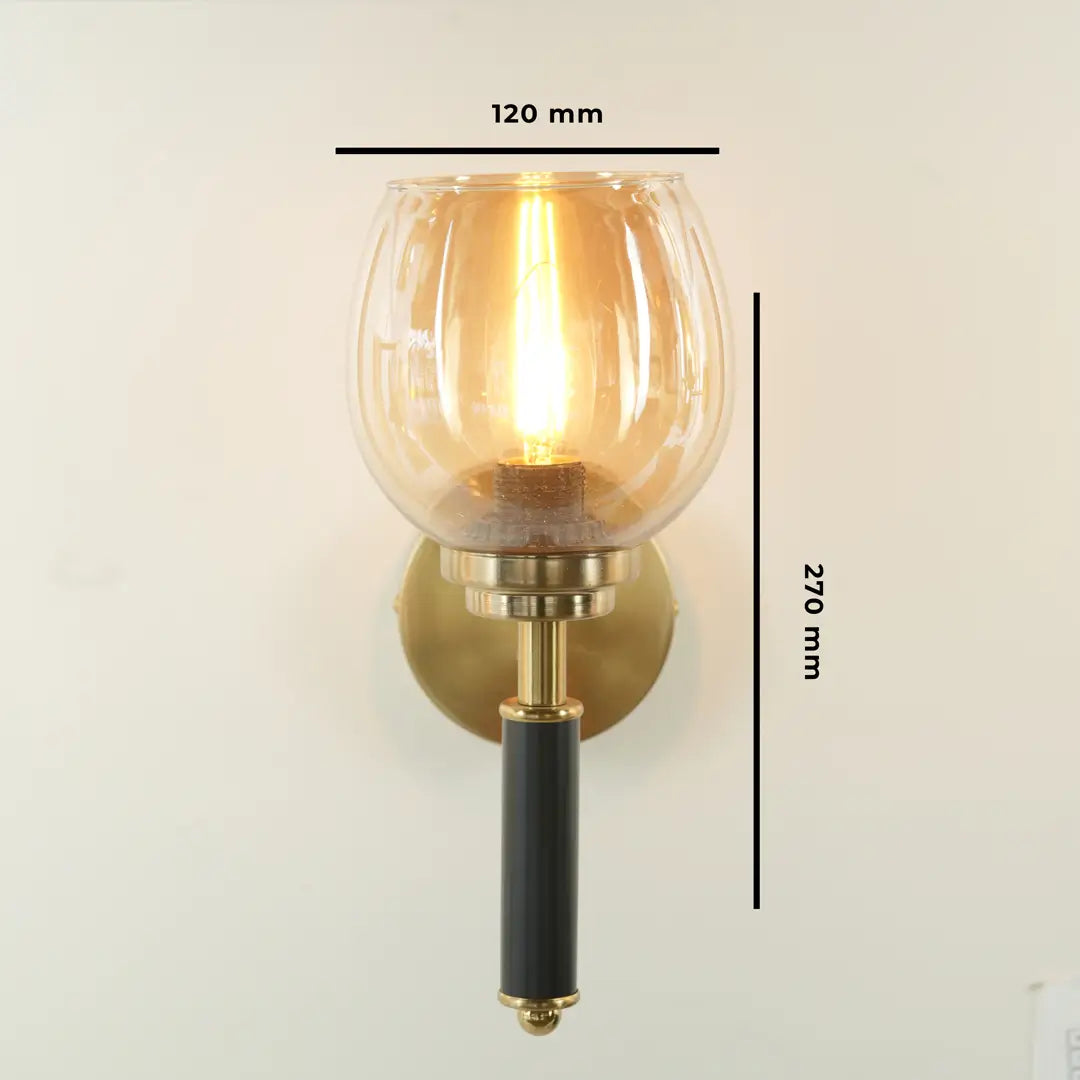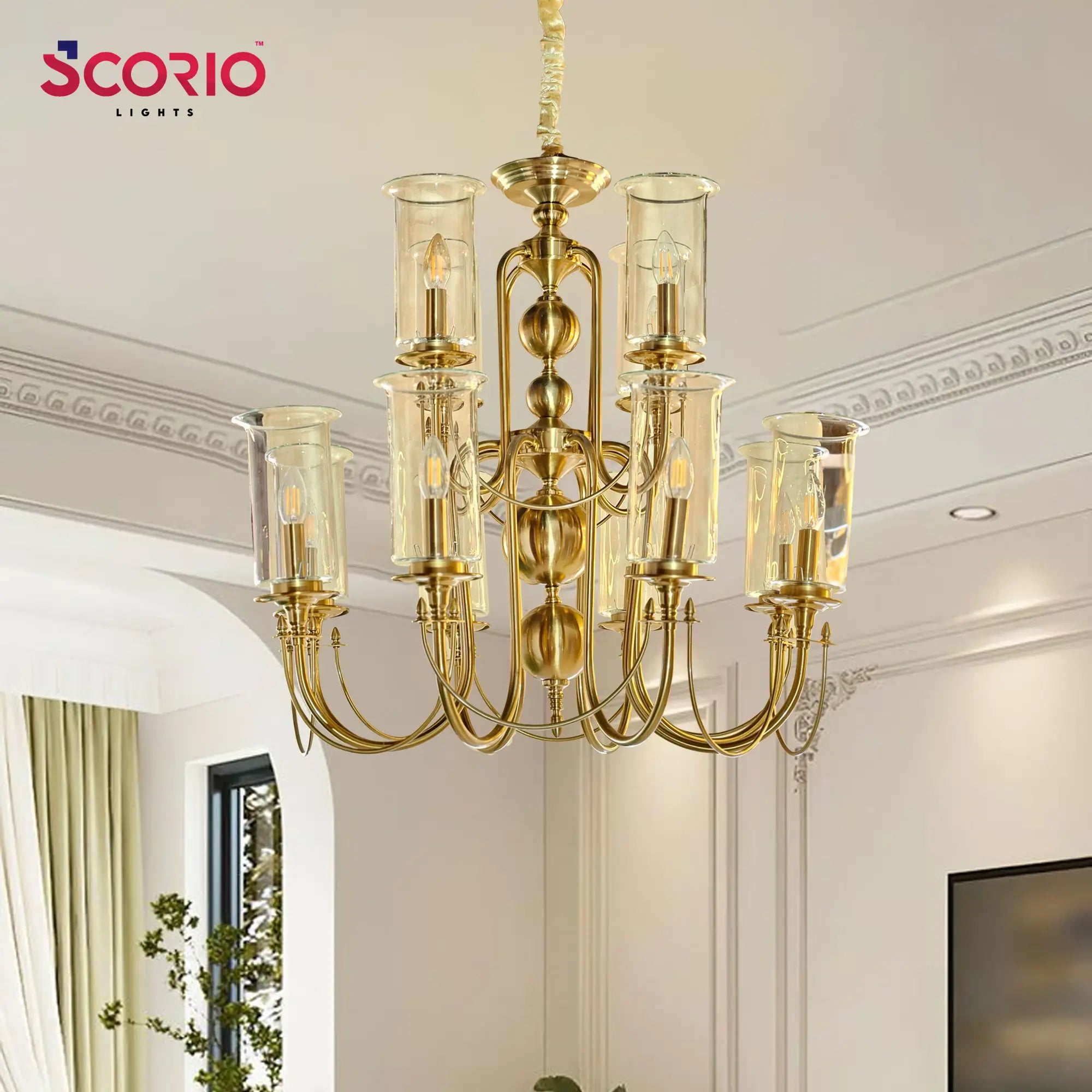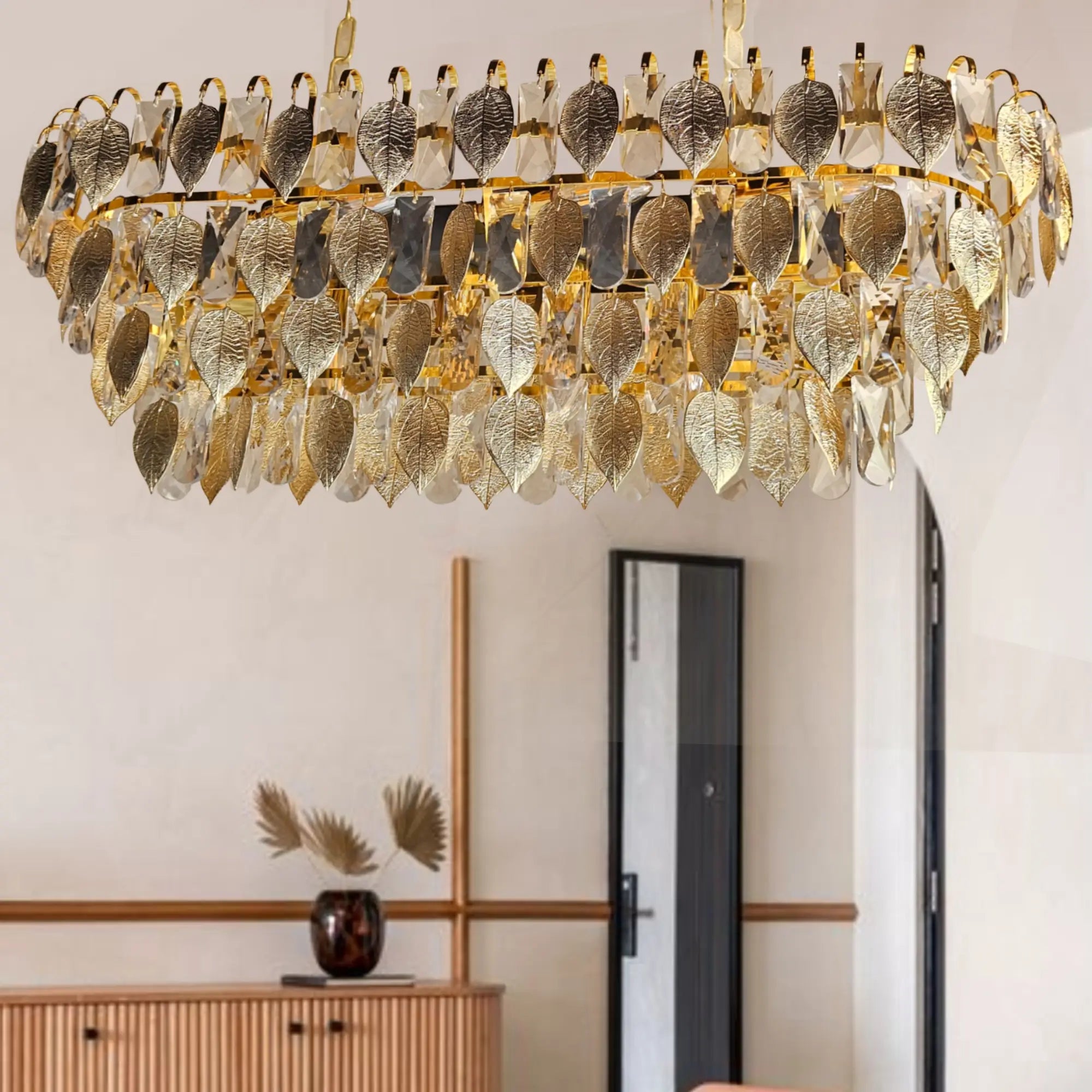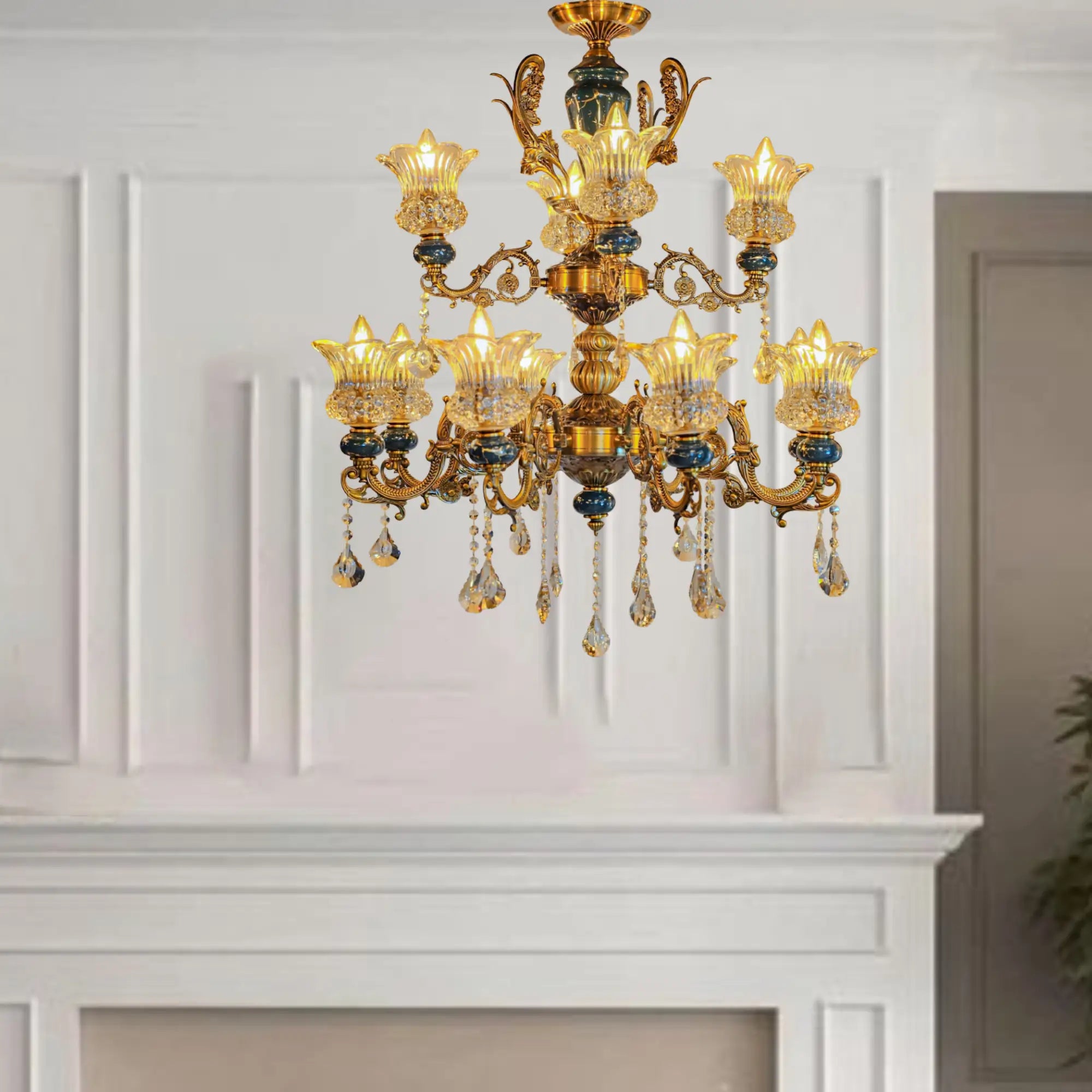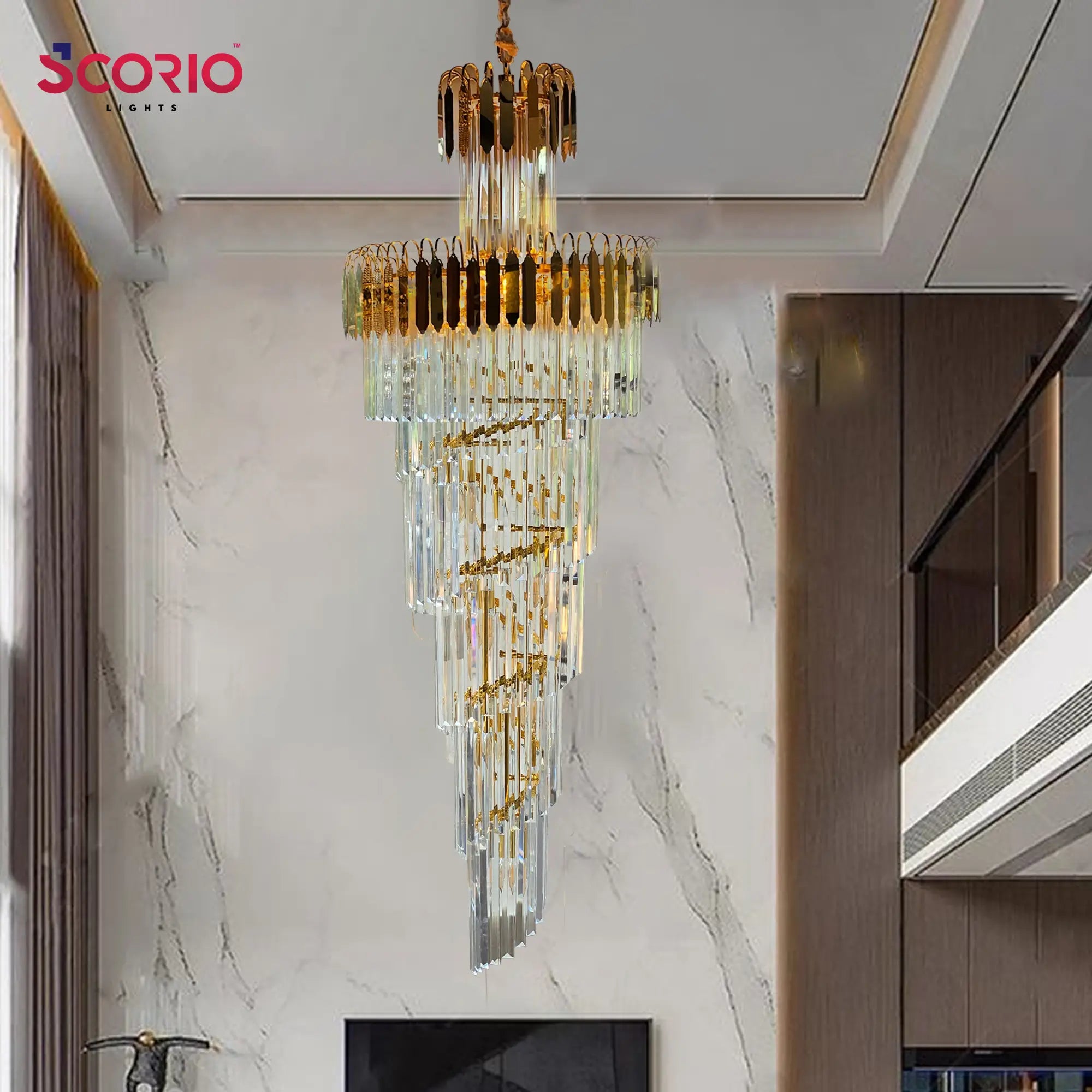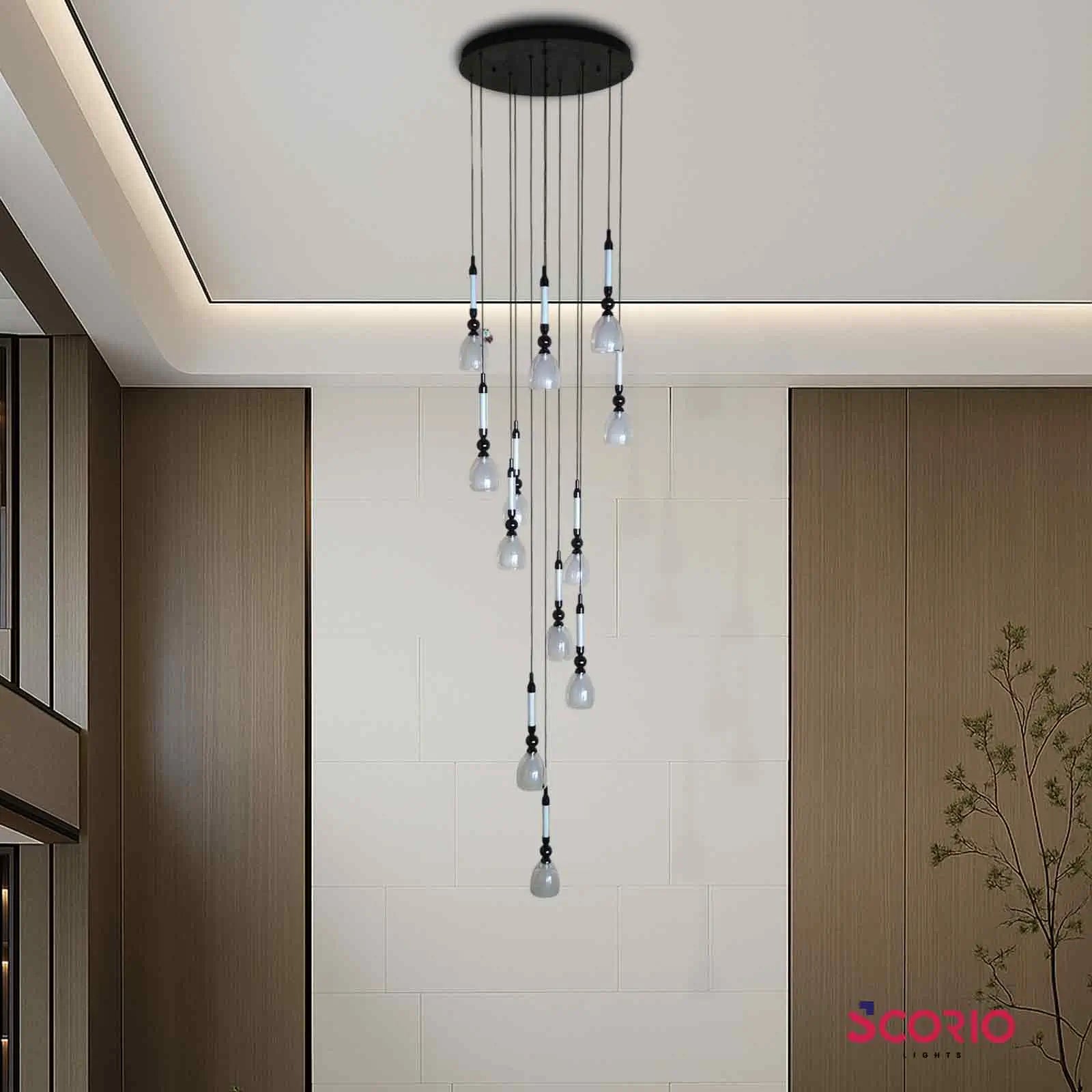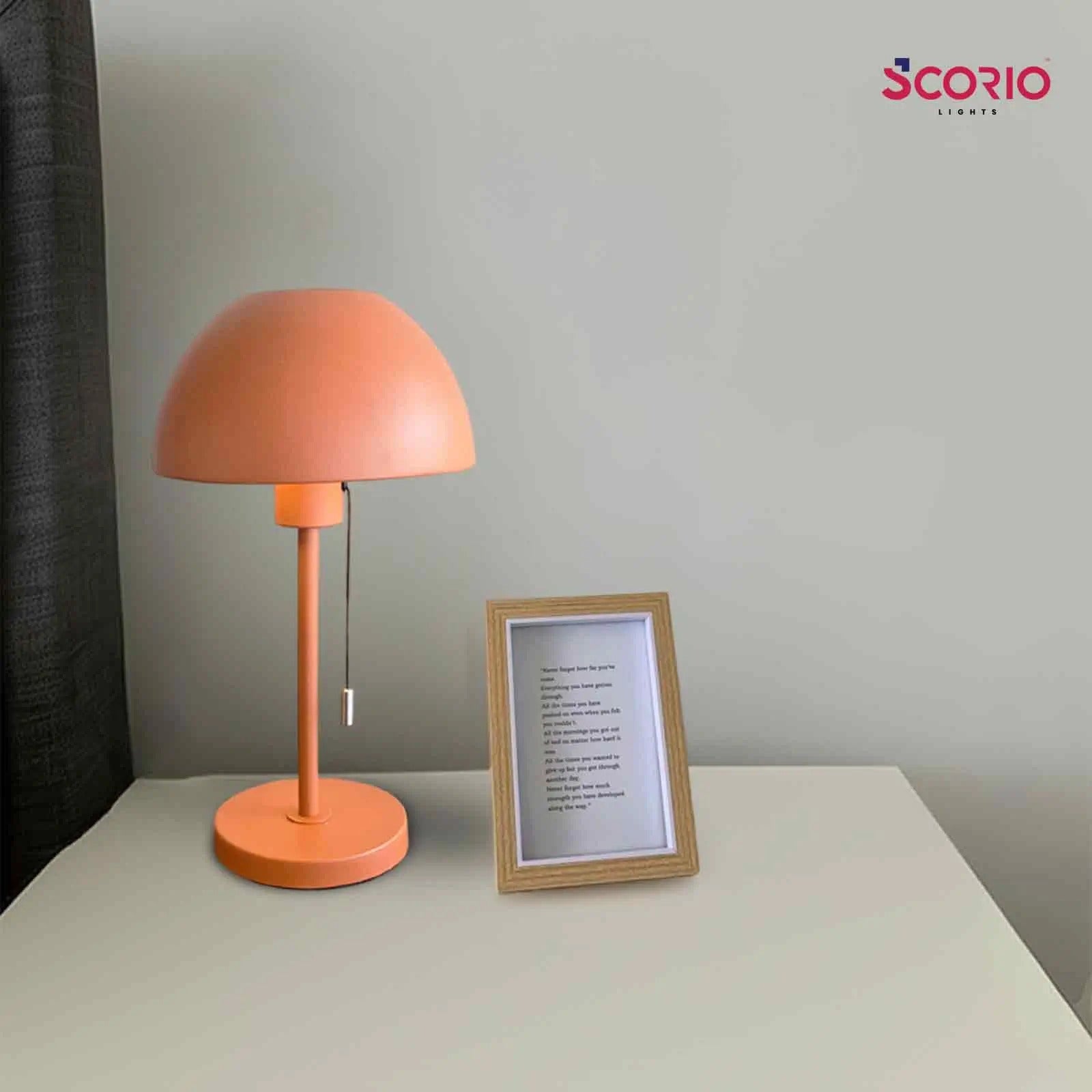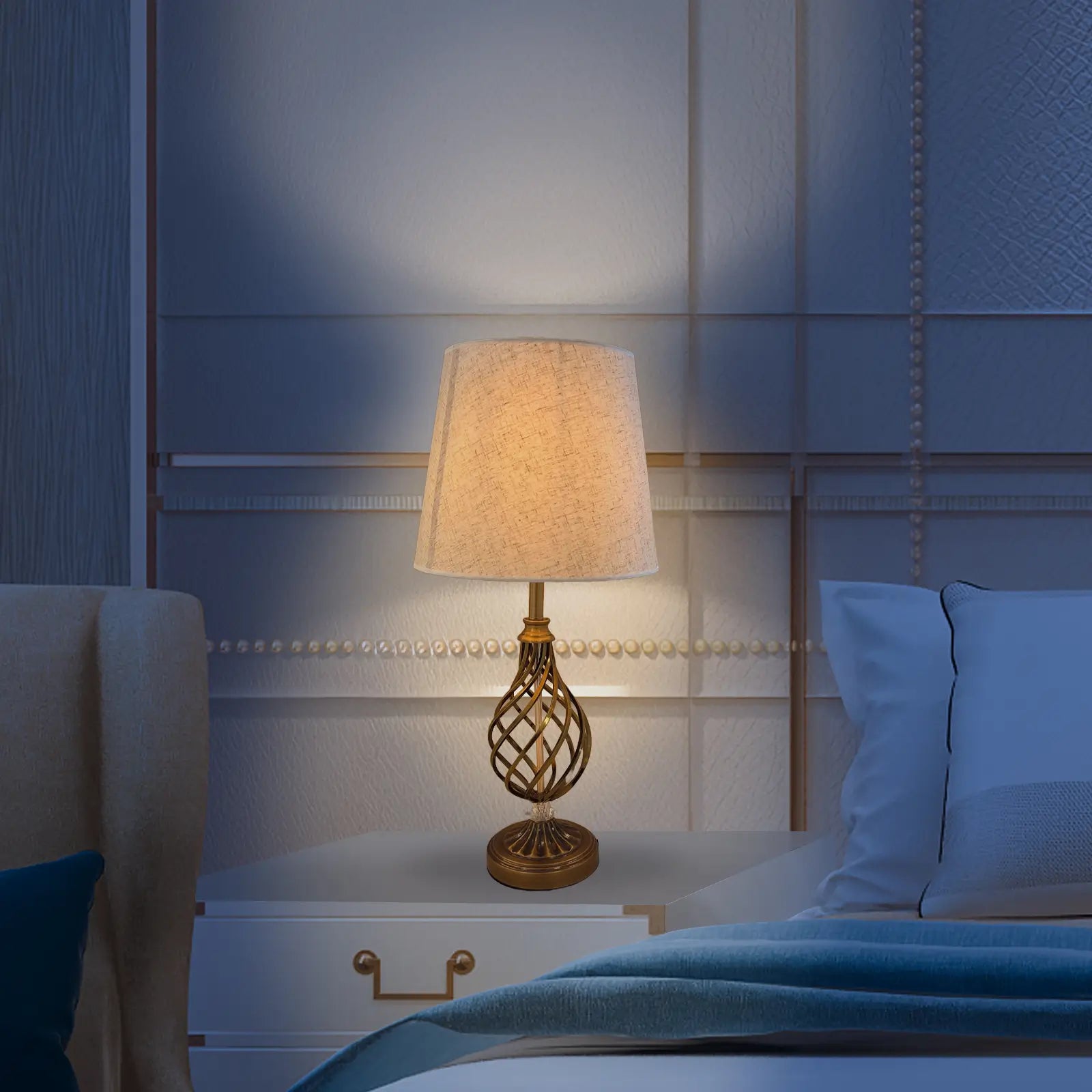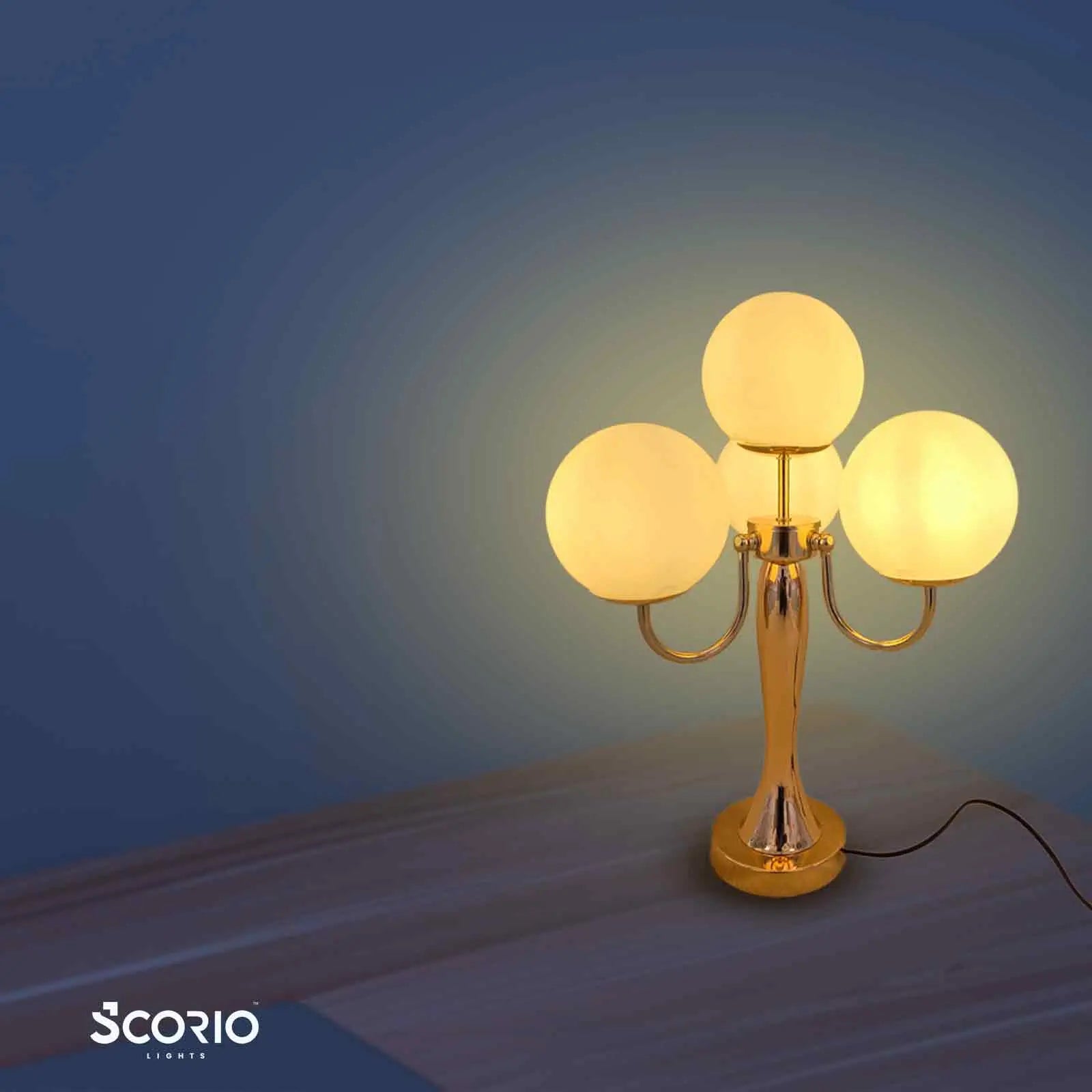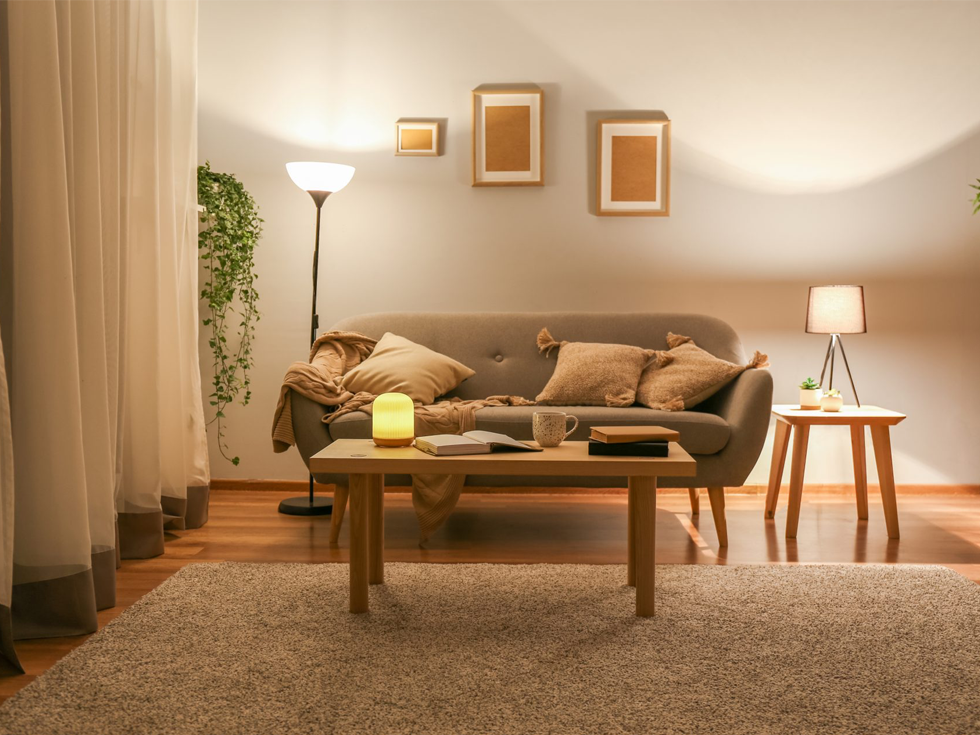
Top Things to Check When Buying Interior Lights for Your Home

The first thing we touch when we enter our home or bedroom is the light switch. There are few people who do not have a memory of tripping over furniture in the dark while searching for lights. To make your interior look good and efficient, you should invest in interior lights well. Although it does not require in-depth knowledge about lights, you should know some basic things about lights. The types of lighting are important in this.
Ambient lighting: This is the main light source in a room. It provides the right amount of light needed for your space and sets the overall tone. Ceiling lights or chandeliers are usually used for this.
Task lighting: This is the focused light that you need for some specific activities. These are lights that help you perform tasks such as reading, cooking, or working. Desk lamps on your study table, cabinet lights in the kitchen, or bedside lamps for reading are all examples of task lighting.
Accent lighting: This is mood lighting used to highlight certain features or create a specific atmosphere. These are lights that add depth and character to your rooms. For example, use a spotlight if you want to highlight your favorite artwork in your room, and string lights or candles can also create a cozy and relaxing atmosphere in your bedroom.
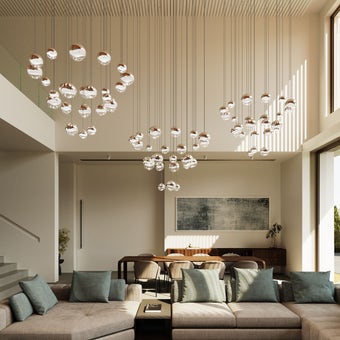
Here are some factors to keep in mind when choosing the right lights for your needs:
Layer your lights: Combine different types of light to create a balanced and diverse atmosphere in your room. For example, use ambient lighting on the ceiling of your living room for general illumination, you can use task lighting on side tables for reading, and accent lighting to highlight a family photo frame or a piece of art.
Install dimmers: These are great ways to control the atmosphere and functionality of a room. This is a great option for a space like your dining room. There you will need more light when eating and a soft light for after-dinner conversations. It will also help you save energy and extend the life of your LED bulbs.
Energy-efficient lighting: LED light bulbs or LED battens are a great option for protecting the environment. They can also reduce your electricity bills. They use less power than traditional incandescent bulbs and last longer.
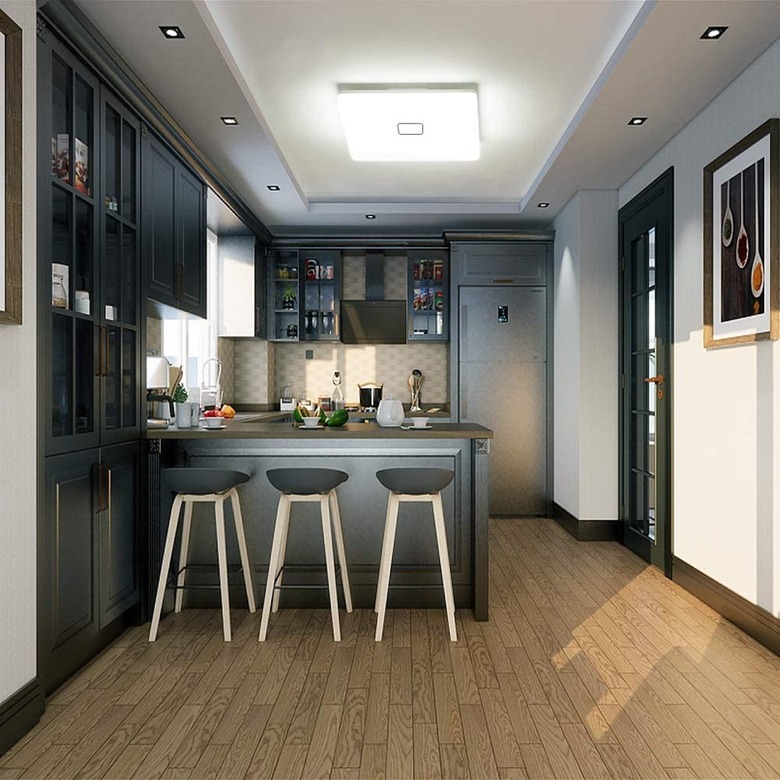
How to plan your indoor lighting
Entryway: This is the place where you should put the best lights to give a first impression of your home. You can create a festive atmosphere by using K-type wall lights at the entrance. If you have a piece of art near your entrance, you can use a spotlight to highlight it.
Living room: If your interior is contemporary, a chandelier will add elegance and style. Ambient lighting like LED battens is essential for good lighting. You can make your living room more cozy by using warm white downlighters on your ceiling.
Dining area and kitchen: Installing cabinet lights in your dining area is a great option. Also, use dimmers to control the light according to your needs. You can use an LED bulb in a pendant light above your dining table. In your kitchen, you can use under-cabinet lights that provide focused illumination for food preparation and cooking. Install an LED bulb to illuminate the space well.
Bedroom: You should make it a place that feels calm and soothing. You can use string lights with warm hues to decorate your curtains, bed frame, and window frames. Placing a table lamp on the bedside table is not only a functional choice but also a stylish one.
Study Room: Children spend most of their time studying. Therefore, poor lighting in the study room can harm their eyes and reduce productivity. Therefore, installing a glare-free desk lamp for a productive workspace provides bright, focused light without causing eye fatigue. It is ideal for reading, writing, and computer work.



